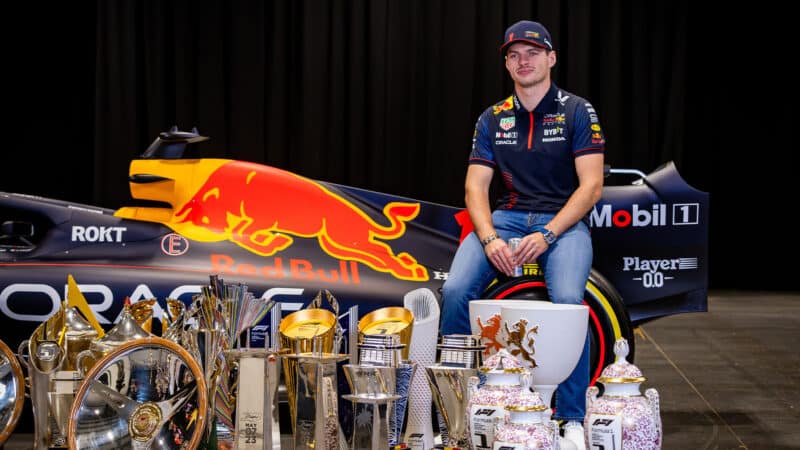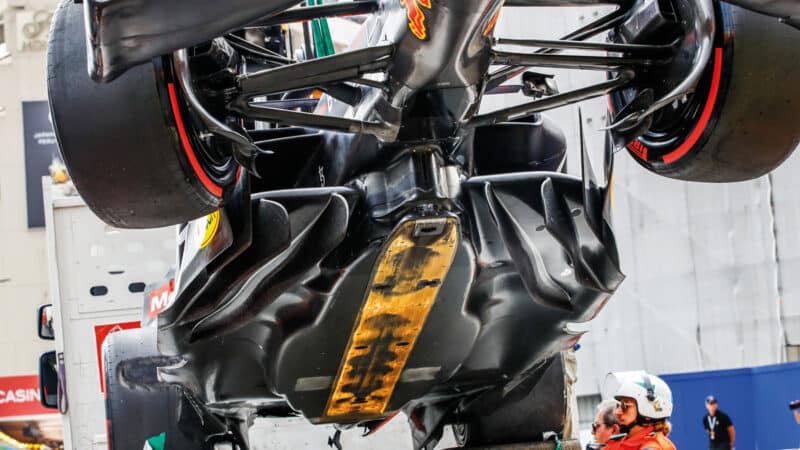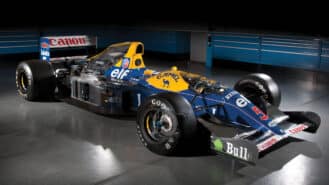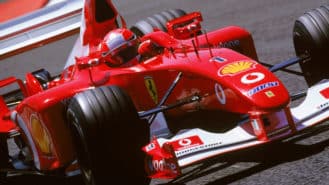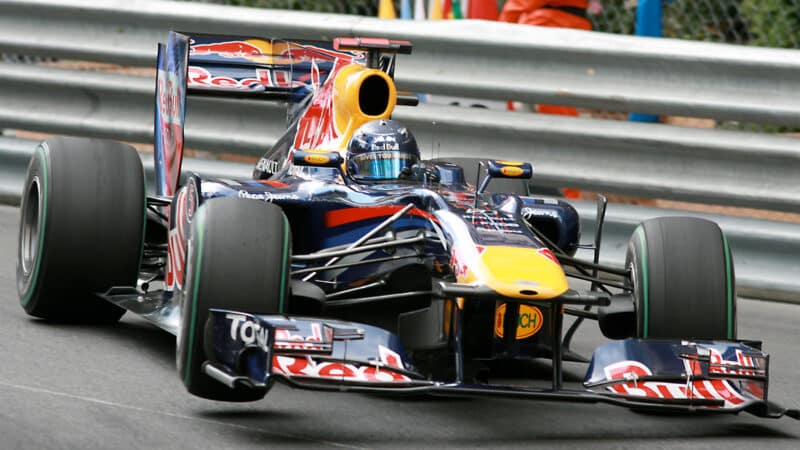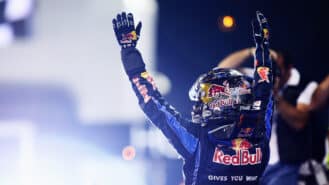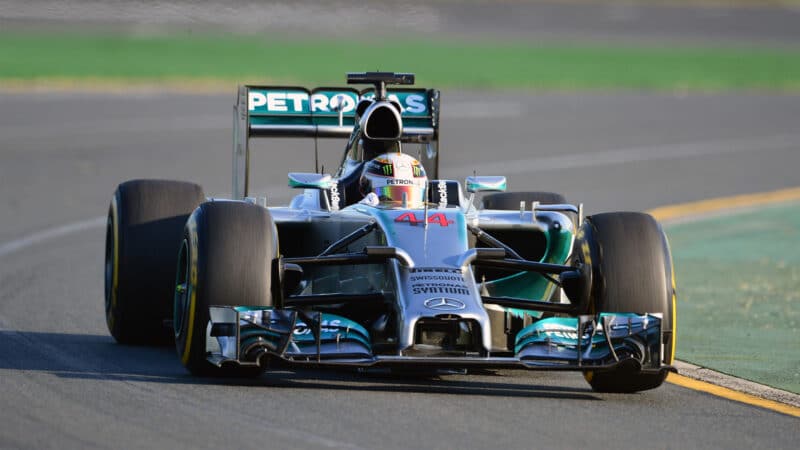But, as the examples from F1’s past suggest below, so do Red Bull’s chances of maintaining its advantage when new regulations are introduced in 2026. Rarely does a team maintain an edge when new rules shake up the series — sometimes with the uncanny effect of neutering the leading team’s specific strength.
Red Bull faces a particularly tough challenge in 2026 as it adapts to new technical regulations that are likely to include smaller cars, while also developing its very first in-house engine. Having experienced first-hand a decade ago how a below-par engine can destroy years of success, it will be approaching the new F1 era with caution.
On the other hand, it does have Adrian Newey at the drawing board. Unequalled in his ability to spot the opportunities in a new rulebook, he’s been behind many of the cars that have dominated the past three decades. If anyone can buck the trend, it’s him — so don’t rule out another seven years, at least, of Red Bull success.
The teams that dominated modern F1
Williams
1992-1993
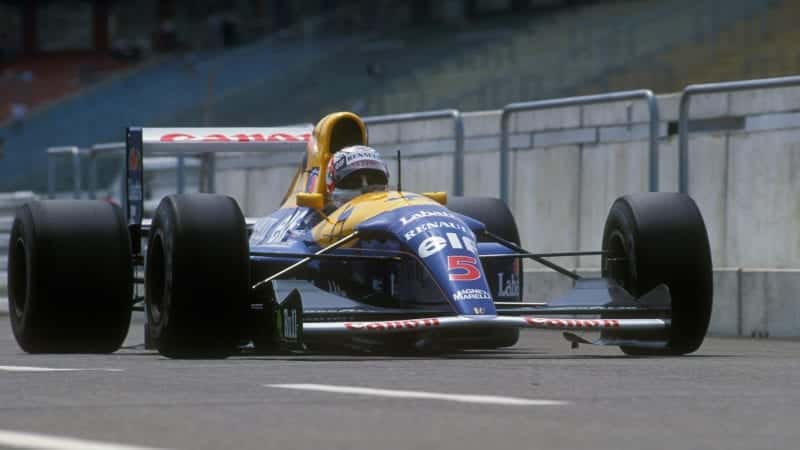
Mansell’s title-winning Williams FW14B — featuring active suspension
Grand Prix Photo
The Red Bull of the early 1990s, Williams had what looked to be an unassailable advantage thanks to the active suspension underpinning its Adrian Newey-designed car. Perfecting the continuously-adjusting hydraulics that maintained a constant ride height — for optimising aerodynamic performance — took the 1991 season, during which Williams still won the constructors’ championship and Nigel Mansell gave Senna a run for the title.
The investment really paid off in 1992. Mansell swept to the championship, winning the first five races, on his way to nine victories from 16 grands prix. As others scrambled to catch up, so drivers hotfooted it to Frank Williams’ door. Both Ayrton Senna and Alain Prost were lobbying for a 1993 seat, but the Frenchman won — with a clause that prevented Senna from becoming his team-mate.
